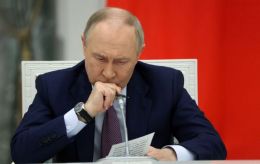Hot eastern front: How Ukrainian Armed Forces hold back Russians near Kupiansk and Lyman
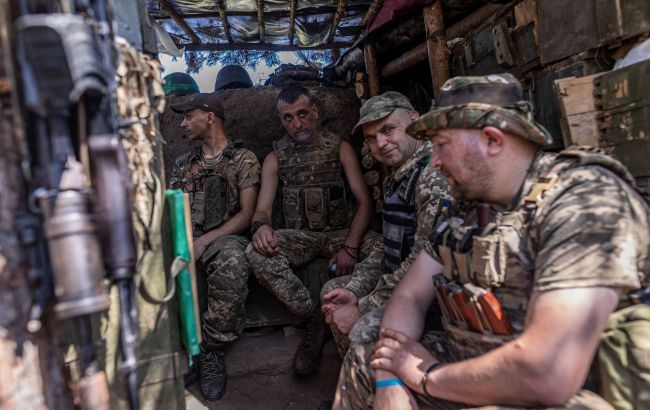 Ukrainian soldiers near Lyman, Donetsk region (Photo: Getty Images)
Ukrainian soldiers near Lyman, Donetsk region (Photo: Getty Images)
The Ukrainian counteroffensive is advancing with significant challenges. While Ukrainian Armed Forces are reclaiming scorched lands in the Bakhmut direction following Russian occupation, further up the map, the enemy has amassed substantial forces for offensive actions. Specifically, the towns of Kupiansk and Lyman, liberated from occupation just a little under a year ago, are now in focus. RBC-Ukraine correspondent Anastasiia Rokytna ventured into these hot zones, interacting with soldiers on these fronts.
Lyman forests
The summer air temperature in Donbas corresponds to the level of danger posed by the ongoing battles for this territory. Not too long ago, the main combat zone was centered around Bakhmut. Today, it is shifting further north due to the movement of Russian military equipment.
Dozens of thousands of enemy soldiers have been redeployed, particularly towards Lyman, Donetsk region. They are once again attempting to storm territories they lost almost a year ago during intense battles, diverting attention from the Bakhmut fortress where Ukrainian forces are already conceding.
Lyman is far from recovering from the grip of occupation. The city's streets wind among shattered buildings and roads, bearing marks of past airstrikes. Life here barely perseveres, but the situation is even grimmer in villages like Dibrove, Torske, and Bilohorivka. There, the Russians are pushing their limits.
Roman, a serviceman in one of the "Offensive Guard" brigades, is on the frontline. A young man who enlisted well before the Russian invasion, he fought in the heavy battles for Rubizhne and Sievierodonetsk, and now, he's battling on this front. His first impression is the challenging terrain. Thick wood and sand complicate operations for both sides.
"We're holding our positions, but it's important to understand that the Russians aren't foolish. Over time, their fleet of drones has grown substantially, as has their proficiency in operating them. The UAVs work incessantly, and just a momentary halt can result in enemy artillery targeting our coordinates," he shared with RBC-Ukraine. Underestimating an adversary that has become "head and shoulders" more adept is out of the question, he emphasized.
To reach the positions, speed, skillful driving, and a well-repaired vehicle are crucial, Roman explains. His unit relies on volunteers who supply both vehicles and spare parts. We're currently riding in one such vehicle. The driver knows the route and the dangers of artillery shell craters, as well as the peril of mines. Despite the tension, everyone in the vehicle remains calm and even cheerful. Laughter and jokes act as armor against the intrusive thoughts that frequently intrude here.
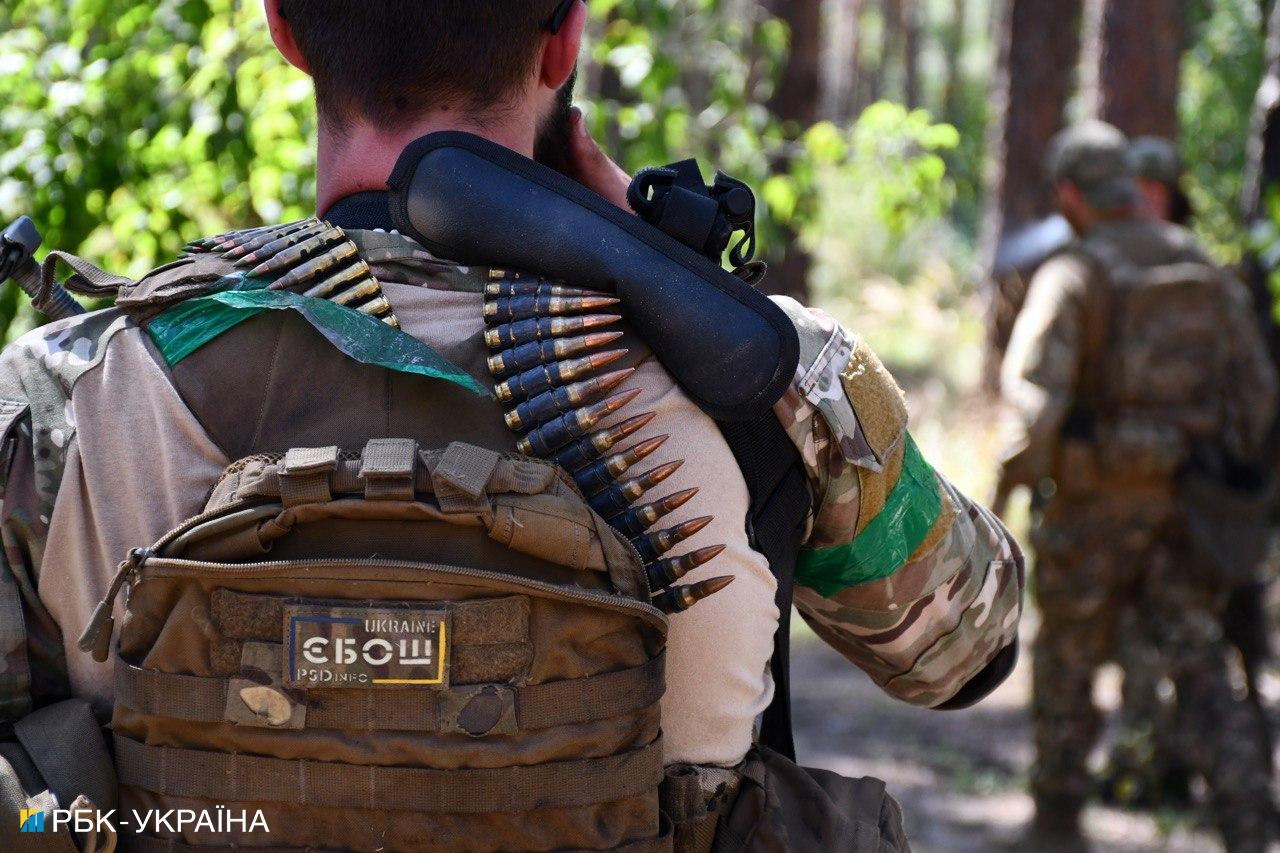
Ukrainian soldiers (photo: Anastasiia Rokytna)
"To say that the situation on this front is complex is an understatement. In a counteroffensive context, Ukrainian forces are holding the defense here. The enemy managed to make some advances recently, albeit briefly. We halted and pushed them back. Yet, their attempts persist," shares a soldier who holds this sector.
Earlier, the spokesperson of the Operational Command East of the Armed Forces of Ukraine, Serhii Cherevatyi, stated that Russia has deployed over 100,000 personnel, more than 900 tanks, 555 artillery systems, and 370 multiple rocket launchers to the borders of Luhansk and Kharkiv regions. This deployment includes their elite airborne and motorized infantry units, reservists from BARS (Russian Combat Army Reserve of the Country), territorial forces, PMC, and Storm-Z, with the intention to launch an offensive and breach the Ukrainian defense.
Furthermore, the town of Lyman opens the route to Sloviansk and Kramatorsk, which are key objectives for the Russian forces in their attempt to seize the Donetsk region.
Advance toward Kupiansk
While the Russian Ministry of Defense portrays the advancement toward Kupiansk as "successful," Ukrainian authorities acknowledge the danger but dispute the enemy's proximity.
Deputy Minister of Defense of Ukraine, Hanna Maliar, identifies this area as the primary front where the occupying army is attempting to advance. According to Maliar, Russian forces are aiming to break through the Ukrainian defenses and reach Kupiansk directly. She asserts that our Defense Forces are managing to hold off the offensive but doesn't specify at what cost.
Navigating the streets of the right bank of Kupiansk, the city seems to continue its peaceful existence. The war boundary is adjacent to the left bank of the settlement, and the sounds of conflict are audible from the first seconds. Heavy armament shells nearby villages and Ukrainian positions, causing explosions to resonate very close. Holding the defense in this direction is the specialized battalion "Vovky Da Vinchi" ("Da Vinci's Wolves"), which was previously positioned near Bakhmut, specifically maintaining the critical route to Khromove – one of the hottest battlefields of this war.
Currently, the soldiers in the unit aren't very talkative, and there isn't much room for humor. The recent days have been challenging for the combat unit, with dozens wounded following Russian attempts to seize Ukrainian positions. These stretches of land are held at the highest cost – human lives – all in the effort to ensure the civilian population feels secure.
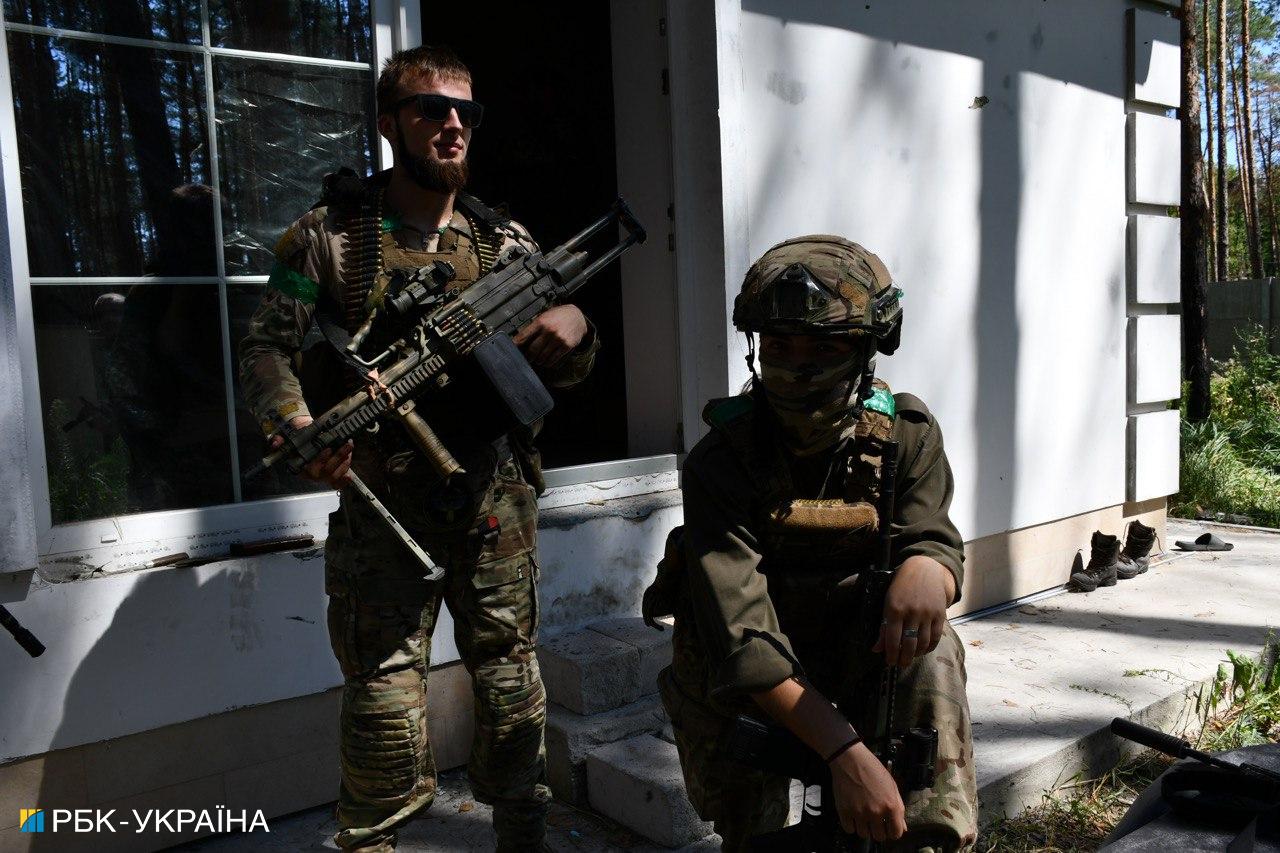
Ukrainian soldiers (photo: Anastasiia Rokytna)
"Yesterday was especially tough. There were night calls. Many are severely wounded; they are in the hospital now. Let me tell you, it was an intense night for our unit," shared military medic Andrii, who formerly worked in a civilian hospital. He decided to change his "field of activity" because he felt a sense of guilt; while such battles were happening at the front, he was in a peaceful city. So, he posted a request to join a unit for mobilization, and he received a response.
The place where we are talking is constantly accompanied by the sounds of explosions. Here, it's palpable that the war is "just across the street." Kupiansk today echoes Bakhmut in the summer of 2022, and the military is doing everything to prevent history from repeating.
In this direction, approximately a quarter of the occupying forces are concentrated, directed toward Kupiansk and Kupiansk-Vuzlovyi station. They need them, particularly for logistics toward the so-called LNR (Luhansk People's Republic). Moreover, the enemy's army is attempting to disrupt Ukrainian counteroffensives by creating a threat of advancement in another direction. This perspective is shared by analysts from the Institute for the Study of War, who indicated in their report that Russian forces might have increased their offensive activity along the Kupiansk – Svatove – Kreminna line, while Ukrainian units focused on their offensive operation in the Azov Sea region.
Russians aim to equalize the front line along the Oskil River. That's why the aggressor has decided to simultaneously advance both toward Kupiansk and Borova, in an effort to cut off our forces on this foothold. On the second stretch of the enemy's advance, they have been successfully halted, although they persist in their attempts to attack. Ultimately, the aggressor's calculation may also hinge on the possibility that their activity in the northeast could compel the Ukrainian command to withdraw units from the South for defense.
The Russian command has indeed launched a full-force offensive in the Kupiansk direction, even deploying aviation. Specifically, guided air bombs such as the FAB-250 and FAB-500 are used. However, they are still sparing their professional soldiers, sending mobilized troops into battle first.
The city is being transformed into a new Bakhmut, attempting to erase it from the face of the earth. To achieve this, the Russians are employing systems of reactive barrage fire, artillery bombardment, "Solntsepyok" systems, and heavy flamethrowers. Life in the nearby villages is becoming increasingly unsafe. As a result, authorities have initiated mandatory evacuation from 37 settlements in the Kupiansk district.
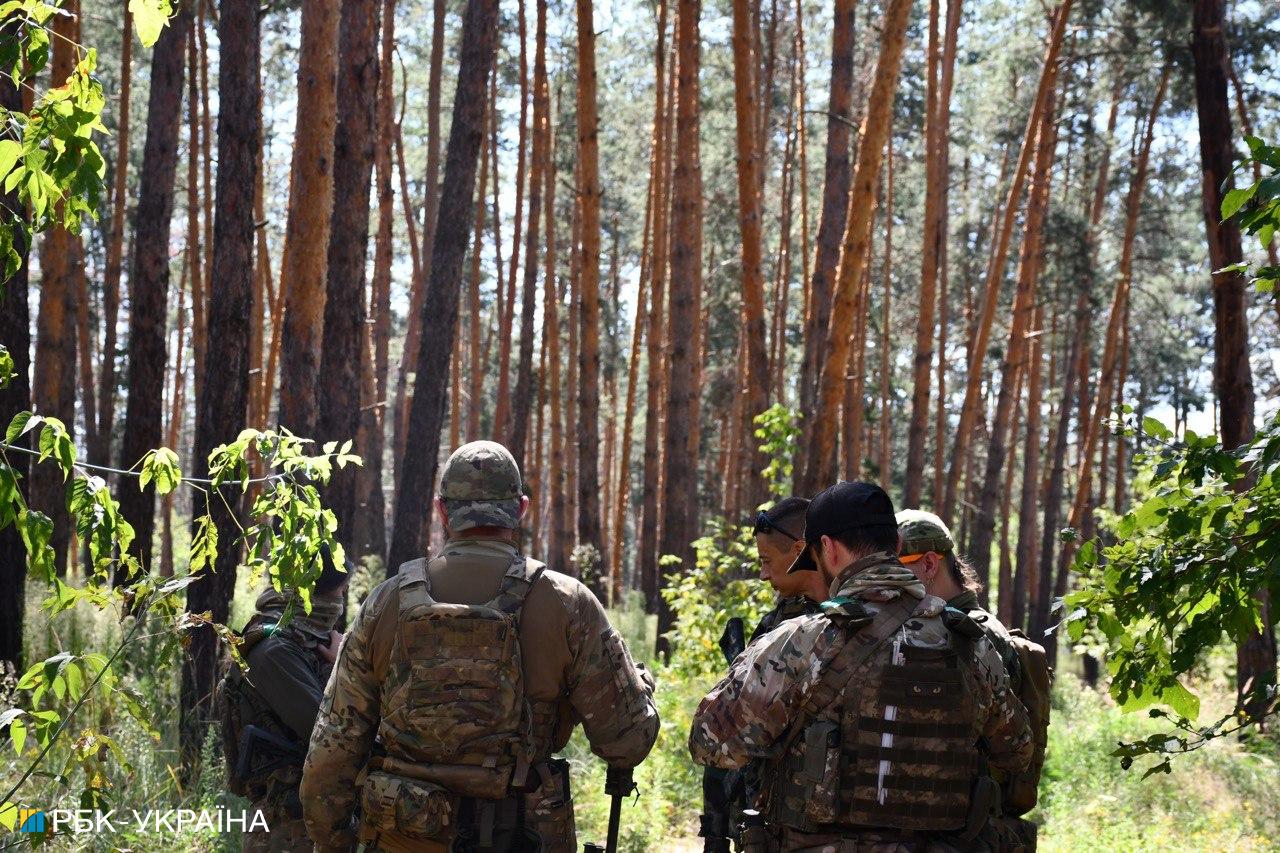
Military personnel (photo: Anastasiia Rokytna)
"A mandatory evacuation has been declared from the territory of populated areas close to the combat zone, including from the Dvorichna urban settlement, Petropavlivka rural area, partially from the territory of the Kindrashivka and Kurylivka rural areas, and the Kupiansk urban territorial communities. In the Kupiansk urban territorial community, a mandatory evacuation has been declared for residents of Kupiansk-Zaoskillya (left bank of the Oskil River), Kivsharivka town, and Kupiansk-Vuzlovyi," according to a statement from the Kupiansk City Military Administration.
While driving through the streets of Kupiansk, we observe a rather significant number of people in these hazardous conditions. Evacuation buses remain nearly empty. People either seem accustomed to the threat or perhaps don't fully grasp its magnitude. When asked why they are reluctant to leave the city, some respond that they have nowhere else to go. Some locals avoid interacting with journalists completely, fearing the potential consequences of such conversations. Soldiers who are frequently present in the city mention having heard pro-Russian sentiments among the population, who anticipate their "liberators." Nevertheless, the majority still remember life under the Kremlin regime, and the prospect of the occupiers' return frightens them.
Ascending one of the heights of Kupiansk, we can see columns of smoke rising and forests ablaze. The war draws closer and closer and is constantly present. It only charts new courses, while Ukrainian forces lay down their lives to keep the fire from reaching peaceful homes.

